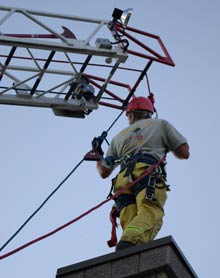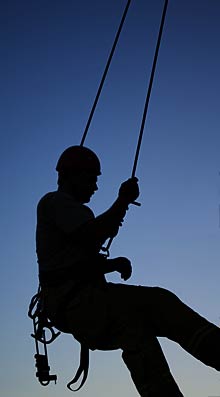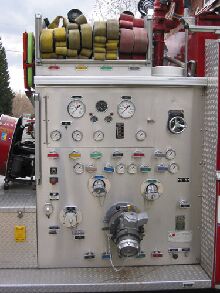|
|
 |
Carbon Monoxide Deaths Increasing Nationwide
Carrie Coppernoll
The Oklahoman, Oklahoma City
Jan. 1--Carbon monoxide poisonings are on the rise nationwide, and portable generators and faulty home heating systems are the main culprits, according to a new government report.
Carbon monoxide deaths have increased in the past decade, according to a report from the U.S. Consumer Product Safety Commission.
About 180 deaths were reported in 2006, the most recent data available. Only about 120 deaths were reported in 1999.
The Oklahoma City Fire Department was dispatched to more calls of carbon monoxide poisoning in 2009 than in the previous year, said Battalion Chief Brian Stanaland.
Firefighters responded to 34 reports of carbon monoxide poisoning in 2008 and 40 in 2009, he said.
Carbon monoxide blocks oxygen from the bloodstream, Stanaland said. The poisonous gas can be deadly.
About 40 percent of all carbon monoxide deaths can be attributed to portable generators, according to the safety commission report. About 35 percent were from heating systems.
Stanaland said other sources include fireplaces, ovens, stoves, water heaters and vehicles.
"Any time anything burns, it's going to release carbon monoxide," he said.
Carbon monoxide is odorless, colorless and tasteless, Stanaland said. He recommends residents consider buying a carbon monoxide detector. They operate like a smoke detector.
Generators should only be used outside, he said. Home heating systems need regular, professional checkups. Pull a vehicle out of the garage before letting it sit to warm up in the cold winter months.
Preventing Carbon Monoxide Poisoning
Safety tips to prevent Carbon Monoxide Poisoning, from the National Fire Preventation Association (NFPA).
(Click HERE (English) or HERE (Spanish) for a downloadable PDF of the artcile embedded below).
|
 |


 |